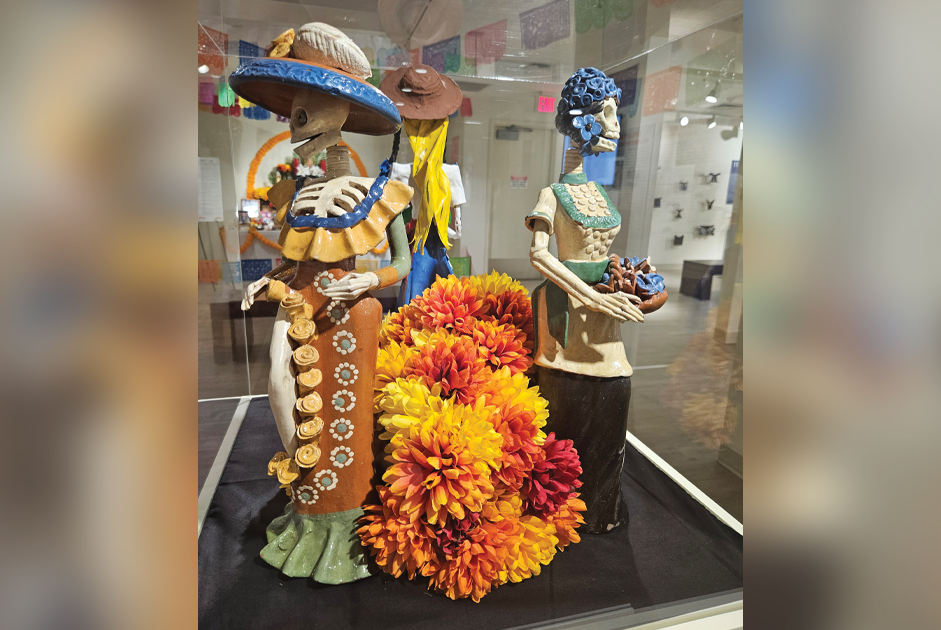Miserly, cantankerous, and self-absorbed could be the fundamental values of the perfect antagonist in literature. The first scene may illustrate his nature and appearance, imbuing the reader with a feeling of justified dislike. He may speak in a condescending voice and display a lack of sympathy for all minor characters. As scenes unfold, the hero and the adversary usually mirror opposing characteristics and goals, evoking in the reader contrasting emotions.
The adversary archetype is rarely overpowering. He often possesses a fatal flaw, revealing a ray of hope to prefigure the hopeful moment when good will overcome evil, should the antagonist come to feel remorse. In some tales, containing scenes similar to those of kindness describing the hero, the adversary, too, has his own story to tell. It is his one spark of humanity, a transparent window to reveal the curious answer explaining what made those initial values change so drastically. He must face his ghosts of the past, which then presents a glimmer of hope. It is the main compelling reason the reader eagerly turns page after page.
How often in literature do we find a unique character that changes our emotion from dislike to love? Among all the books, which one would you select on a wintry day in December? Here is a recall of the character of Scrooge to allow him to tell the heartaches and problems leading to the climax of adventure and the solution.
“Scrooge.” The name connects to symbolism portraying characteristics opposite to Christmas. Anger versus the inner warmth created by light and happiness. Isolation versus the gatherings filled with laughter, embracing, and song. In the text, he is described as, “Hard and sharp as flint, from which no steel had ever struck out generous fire; secret and self-contained, and solitary as an oyster. He carried his own low temperature always about with him.” What could make a person possess such a lack of emotional warmth and openly display bitter unfriendliness?
In the real world, his character, similar to that of every misunderstood person, is missing a backstory. It happens frequently. A person is discussed through whispered conversation and exaggerated stories. The imagination of listeners will undeniably create fixed opinions from their emotions, which leads to unyielding hearts; yet, one side is never the complete story.
While it is to be hoped the Christmas spirit lives within each of us, we are among those who cannot face the season without reliving the past, the present, and what is to come. For Ebenezer, these time periods arrive as protagonists, spirits and guides, to help him see with clarity. And, we, the readers, are taken along through the past and begin to change our opinions. We are made to stand in another’s shoes and say, “Yes, now I understand your struggles and what has led to the present thought, word, and behavior.” The man molded in the hands of others became the Ebenezer of the present. He had a father who blamed him for the death of his mother. And was a child who remained at school while other boys and girls were allowed to return home to family during a season of blustery weather and the festivity of Christmas. Obtaining money and its power became for Scrooge more powerful than love, more important than the tradition of spending money in a season of giving. We know his thoughts, as presented in his words, “What right have you to be merry? What reason have you to be merry? You’re poor enough.” In response, the nephew replies to his Uncle Scrooge, “What right have you to be dismal? What reason have you to be morose? You’re rich enough.”
Change. It arrives with a catalyst; yet, the visual of past, present, and the potential future has, in this story, the ability to change the heart. Ironically, when the shutters are thrown open, and snow lies on the window ledge; as the his voice calls out, almost in a panic,“What day is this?”; we, as readers, mirror his compassion and relief in hearing the response, “Today!” “Why, ChristmasDay.”The final pages arrive with the knowledge that the Christmas spirit will be honored in hearts all year, and in the future!
For six weeks, Charles Dickens wrote what historians claim was “his little Christmas book.” The words were written with Dickens alternately weeping and laughing. Published in November of 1843, the book was a success. Six weeks later, the play appeared on the London stage; then, New York. The 69-minute film arrived in 1938.






















